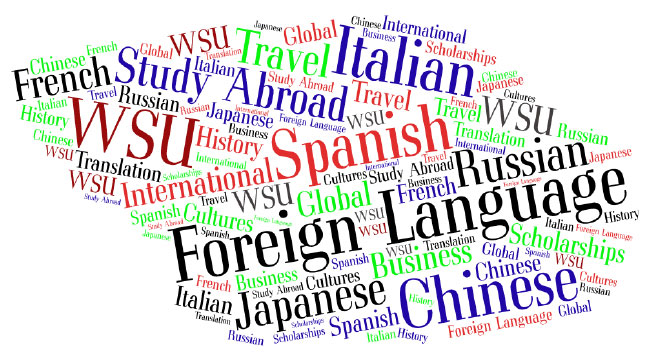This is a brief summary with my personal interpretation of an article written by Dora Johnson, an associate at the private no-profit Center fo Applied Linguistics in Washington, DC.
Bilingualism vs Monolingualism
According to Merriam Webster dictionary, bilingualism is the ability to speak two languages. Surprisingly, according to statistics 75% of the people in the world (including many in the USA and Britain) are bilingual or multilingual. Although the ability to speak several languages varies. For example, some people have better skills at reading vs writing, where others speak better than write. Here we come to such thins as concept of fluency in a language.
Additive and subtractive bilingualism
Most people become bilingual from the childhood, at home where two languages are equally spoken. There is also, what’s called “additive” bilingualism, when person acquires a new language later in life. Language is a living thing and like humans it dies when not being used. This is called “subtractive” bilingualism, when one of the languages dominates and causes the other to wither away. This is very common in immigrant families or when parents knowingly or not, avoid using language to their kids. For example at my home, parents use Tatar language to communicate with their parents, but mostly Russian is and was used with us, kids, growing up. Another typical scenario is immigrant family in the USA. Second generation subconsciously favor English and use their mother tongue solely with parents. Usually it works in following pattern: parents speak, say, Russian, and kids reply in English. This is very common when the environment affects the language becoming dominant in one’s life.
Many parents often concerned about using different languages with their child, but they shouldn’t be. The advantages outweigh the disadvantages, and it’s amazing how kids quickly learn to code-switch and adapt to different spoken systems. Although simply speaking a language at home is not enough. Parents should put extra effort in teaching language if they want child to retain and be fluent in it. That means signing up for classes, reading books, and actively promoting target language while raising kids.
“Being bilingual as a child doesn’t automatically mean being bilingual for life”
Dora Johnson
Being bilingual
For new citizens in the USA sometimes learning the language is strongly encouraged, that it comes at the cost of the mother’s tongue. Especially when we talk about assimilation. Dora’s Johnson main thesis is that “true bilinguals – and by this I mean people whose skills in both languages are very strong – have an enormous advantage in society. They can function in more than one culture”. To me this means having more than one perspective, being flexible and understanding the world better.

